- No.609, Centre Of Huijin Nanxiang, Yinxiang Road, Nanxiang Town, Jiading District, Shanghai, China
- sherry@sanmachines.com
- +86-18616767021
How To Laser Weld Copper?
Copper has unparalleled electrical conductivity and corrosion resistance. However, this amazing metal can be tricky to work with when it comes to welding. Its high thermal conductivity and reflectivity make it more difficult to incorporate using traditional methods. Laser welding offers a powerful solution to these problems, unlocking the potential of copper with its precise heat control and focus.
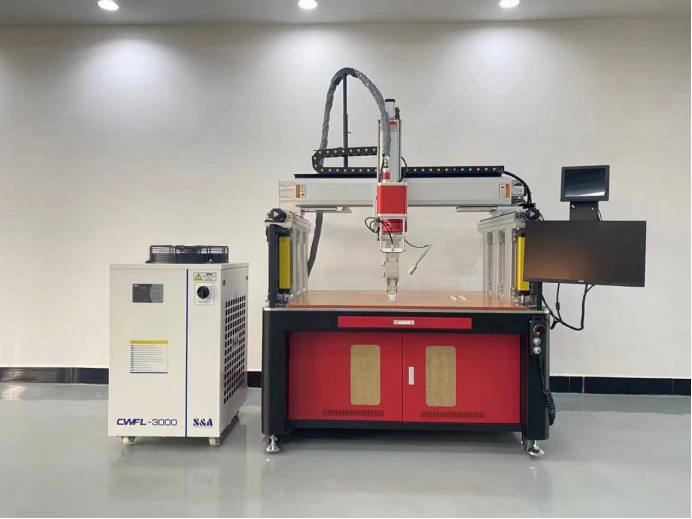
In this article, we'll explore the challenges presented by this unique metal, explore the most effective laser welding methods, and provide you with the knowledge to achieve high-quality, reliable welds.
Copper soldering challenges
Copper has excellent laser energy, electrical conductivity, thermal conductivity, and corrosion resistance. Because of these qualities, copper has a wide range of applications in various industries. However, when it comes to laser welding, this versatile metal presents its own set of challenges due to its unique physical and chemical properties.
1. Thermal conductivity
Copper has the highest thermal conductivity among other engineering metals. The heat applied while welding evaporates rapidly throughout the material, making it difficult to localize the heat needed to form a strong weld pool. This can result in incomplete fusion, weak welds, and increased resistance to cracking.
2. Reflectivity
Copper also has high reflectivity and high-quality welds, which can lead to another layer of complexity when using it. The laser beam reflects off the surface and reduces the energy absorbed by the metal. This requires higher laser power, which further exacerbates thermal evaporation issues and causes welding copper defects such as porosity and spatter rates.
3. Oxidation
Copper easily forms oxides at high temperatures, posing a huge challenge to welding. These oxides can contaminate the weld, weaken its mechanical properties, and introduce inclusions that destroy the integrity of the weld. If you want to avoid this problem, you may need to be more careful with your shielding techniques and flux selection.
In addition to these key characteristics, many other factors contribute to the difficulty of copper soldering. Its high coefficient of thermal expansion can cause warping and deformation during welding. Additionally, the availability of suitable filler metals for brazing is limited, which adds to the challenges of brazing.
Advantages of Laser Welding Copper
Laser welding has become the technology of choice for joining copper components as it offers many advantages over traditional methods such as arc welding or welding. Some of the main benefits are listed below:
1. High quality welds
The precise energy delivery of the welding process produces clean, strong welds with minimal thermal distortion.
2. Deep penetration welding process
The focused laser beam of laser welding allows for deeper weld penetration compared to traditional methods. It is also known for enhancing joint strength and resistance.
3. Heat conduction welding process
The localized heating of copper welding minimizes the heat-affected zone, thereby reducing warping and cracking.
4. Improve electrical conductivity
The copper welding process helps facilitate precise control and inert gas protection. At the same time, it can prevent oxidation and maintain the excellent conductivity of copper in the weld area.
Which laser welding method is best for copper?
Determining the best copper laser welding method depends largely on customer preferences and requirements. Given below are some of the best methods for copper soldering:
1. Continuous wave (CW) laser welding
Among other laser welding processes, continuous wave laser welding is suitable for deep penetration welding of thick copper sections. Unlike other intermittent laser technologies, CW lasers provide a continuous beam of energy and a stable beam.
advantage:
Provides consistent heat input.
The welding speed is high and the efficiency is high.
Good welding depth control.
shortcoming:
Power needs to be carefully controlled to avoid excessive heat input and distortion.
May not be suitable for thin slicing due to high heat penetration.
2. Green diode laser
Green diode lasers are best suited for joining thin copper sheets, micro-welding, and additive manufacturing. Instead of the broad wavelengths of traditional lasers, they emit concentrated green light that is perfectly compatible with copper welding techniques.
advantage:
Due to the shorter wavelength (approximately 515 nanometers).
Heat input is reduced compared to conventional infrared lasers, minimizing distortion and spatter.
Precise control of weld size and heat-affected zone.
shortcoming:
Limited power compared to other types of lasers.
Relatively new technology.
Equipment costs are higher.
3. Fiber laser
Fiber lasers have emerged as strong contenders, offering versatile and efficient solutions for welding copper. These lasers are best suited for a variety of copper thicknesses and application versatility.
advantage:
High power and beam quality.
Suitable for both thin and thick sections.
Flexible wavelength options (915 nm, 1064 nm) can be customized for specific copper alloys.
Compact and efficient design.
shortcoming:
Pure copper has a lower absorption rate.
Requires careful parameter optimization to avoid thermal-related problems
4. Infrared laser
Infrared lasers are known for connecting delicate components such as wires and circuits in smartphones, sensors, and printed circuit boards. They are also used to weld battery tabs, busbars, and heat exchangers for electric vehicles. In addition, infrared lasers can be used to create lightweight and strong structures for aircraft and spacecraft.
advantage:
Compared to newer laser technologies, infrared lasers offer a more affordable option for copper welding.
Infrared laser welding is a mature technology with established infrastructure and readily available equipment.
Infrared lasers can be used with a variety of welding techniques, including conduction welding, keyhole welding, and deep penetration welding.
shortcoming:
High heat input can cause spatter and porosity in the weld.
This process requires more cleaning and may affect joint strength.
The large HAZ and potential distortion make infrared lasers less suitable for high-precision welding of thin copper sheets.
Related product links


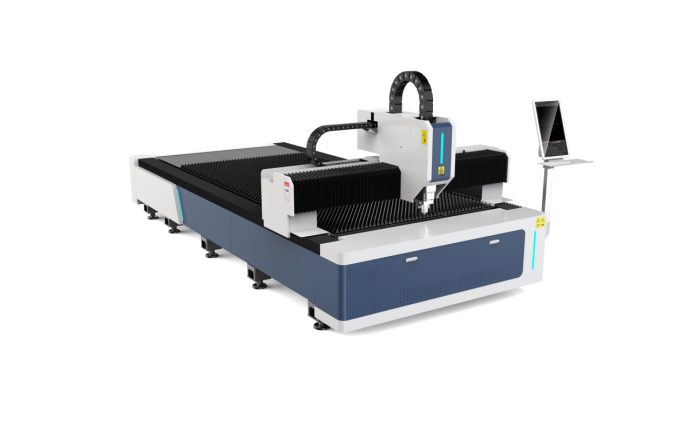
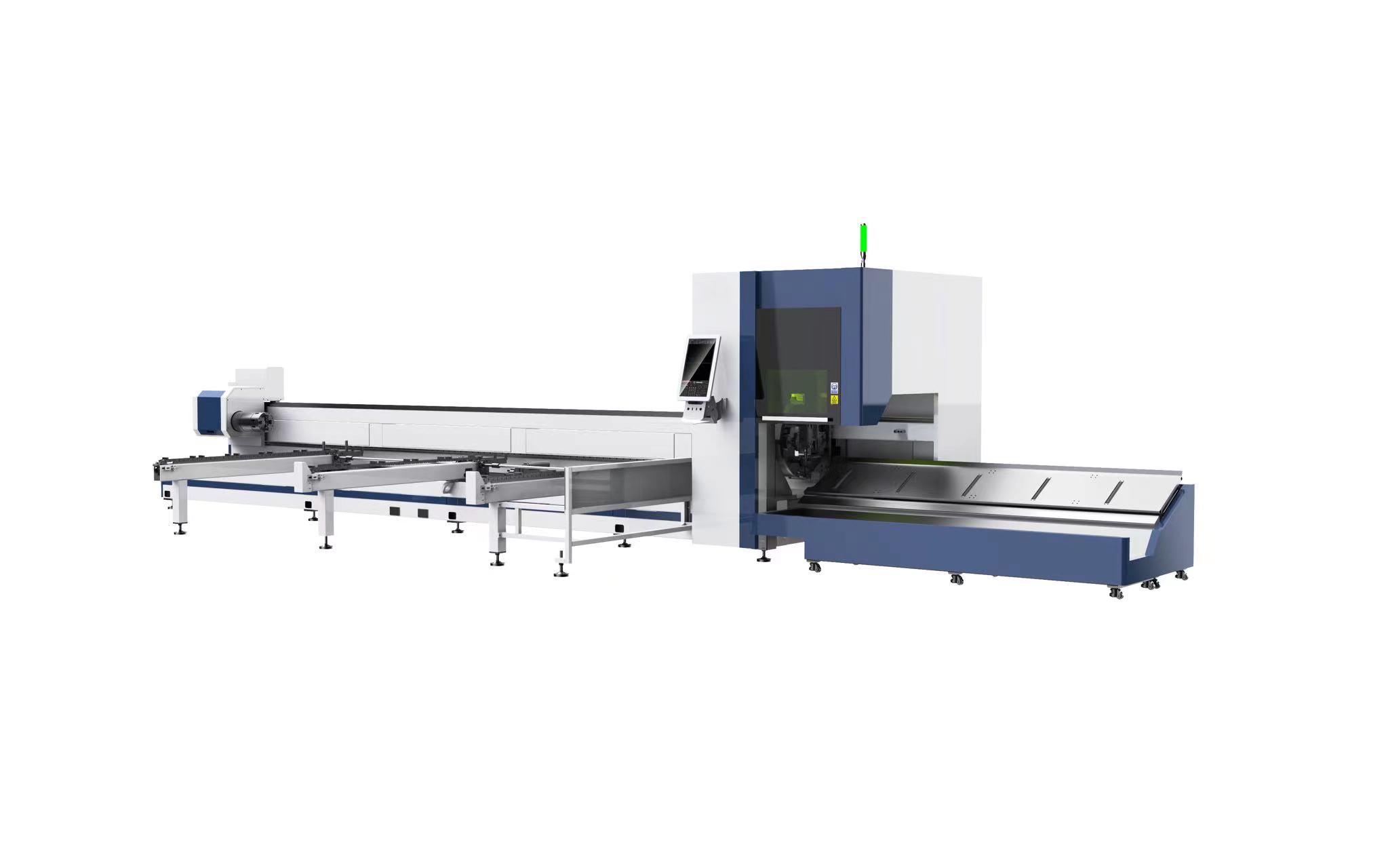
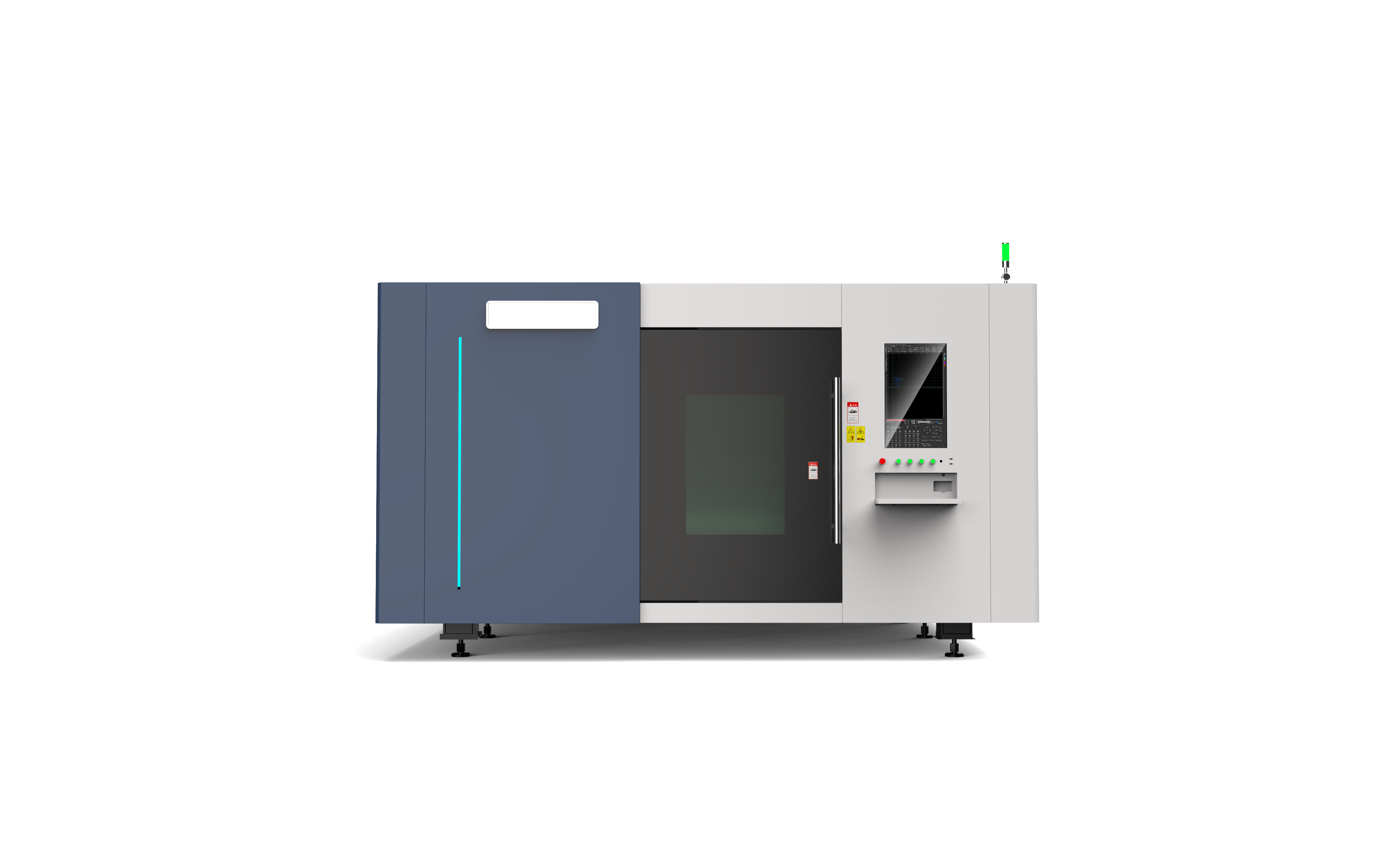

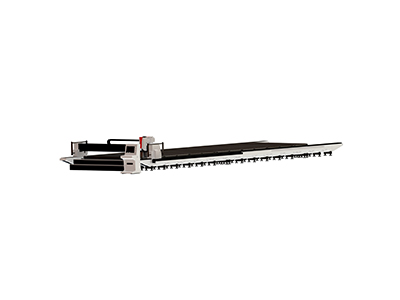
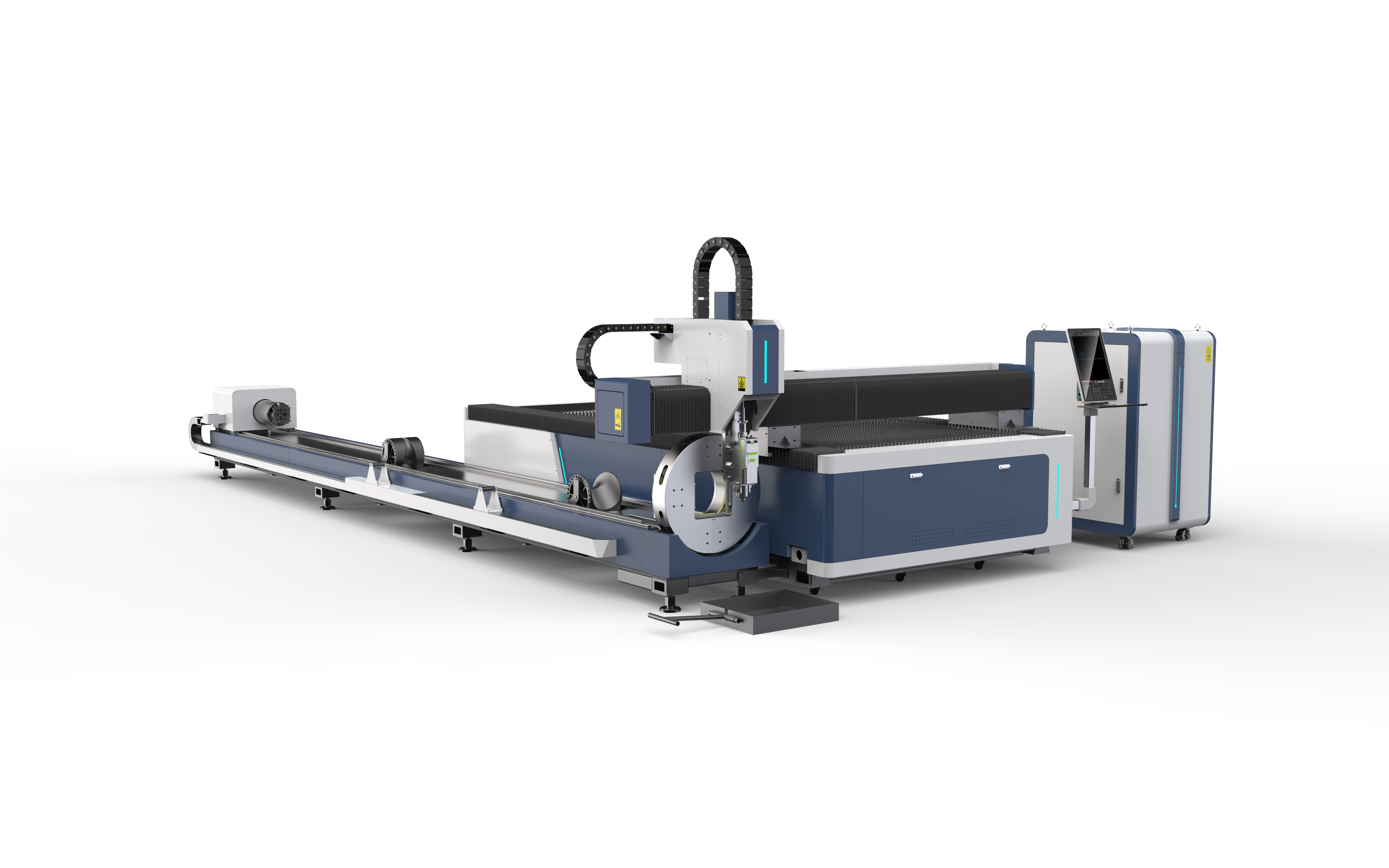
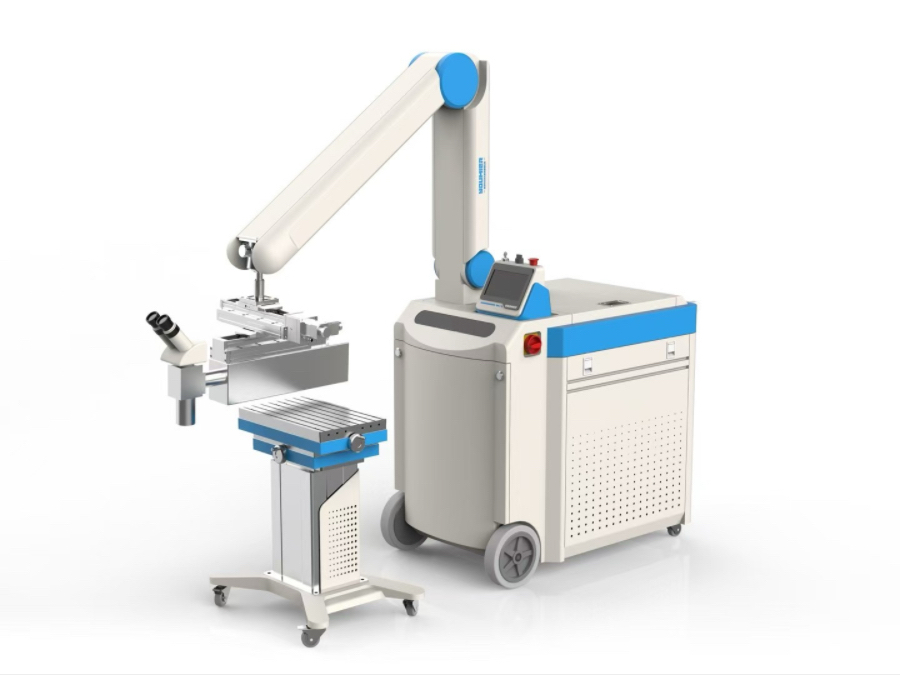
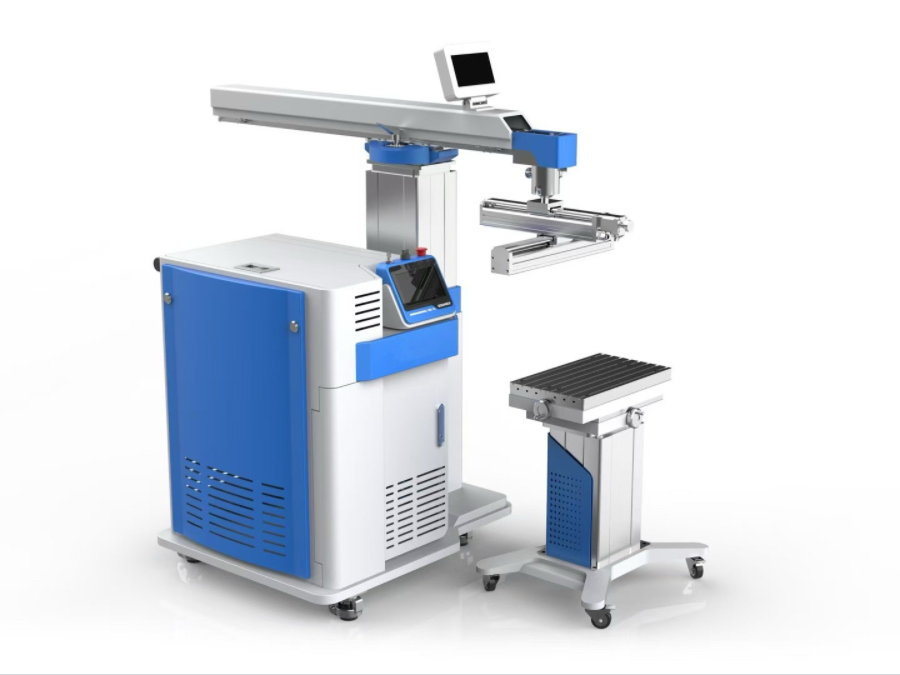
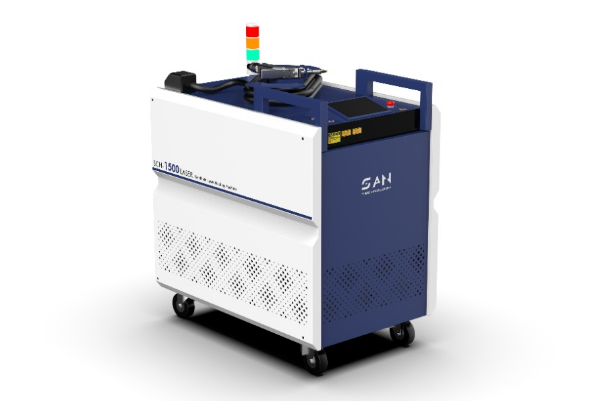
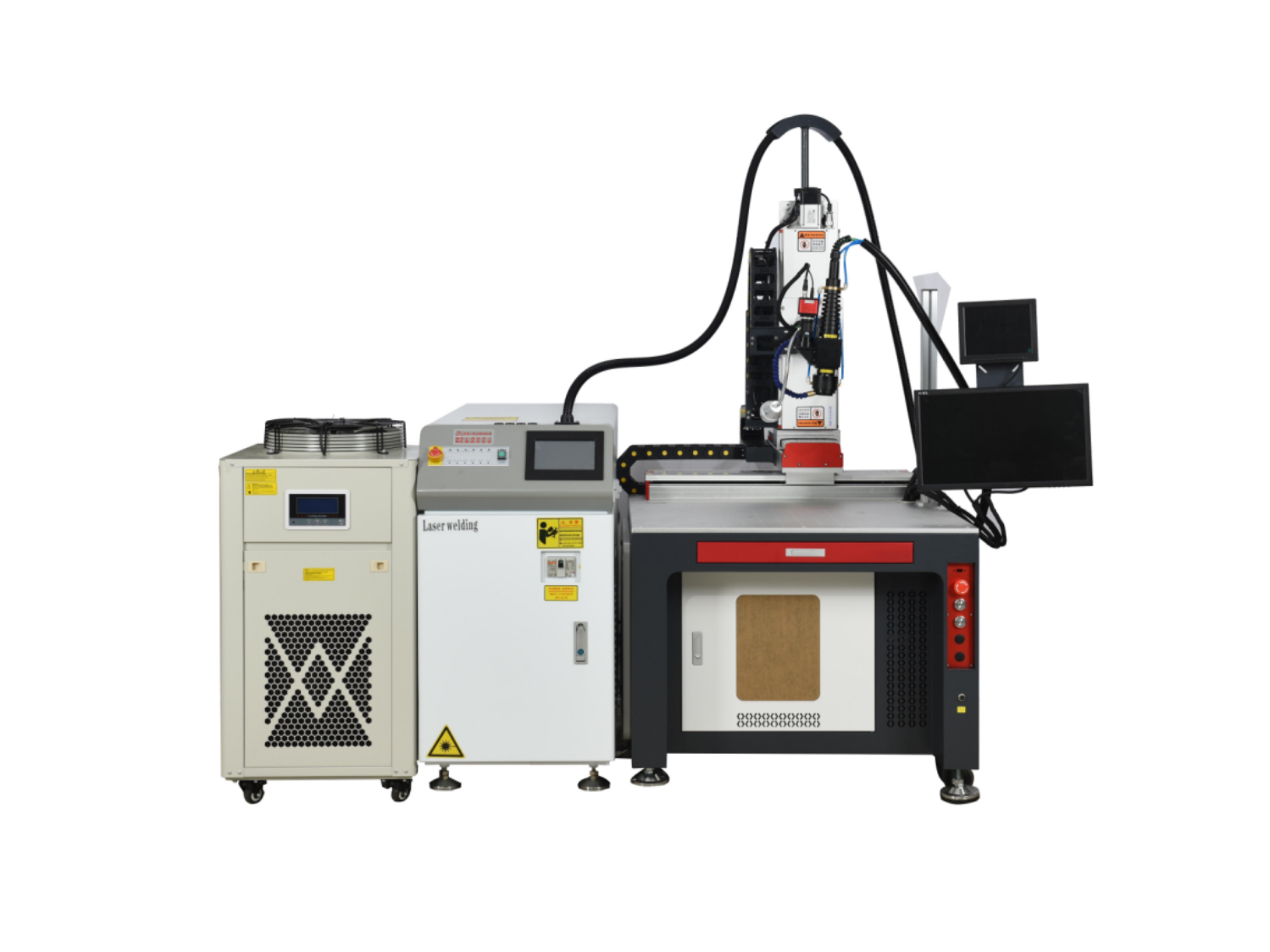
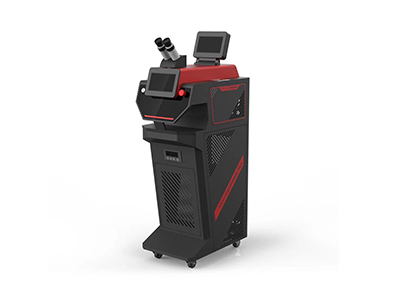
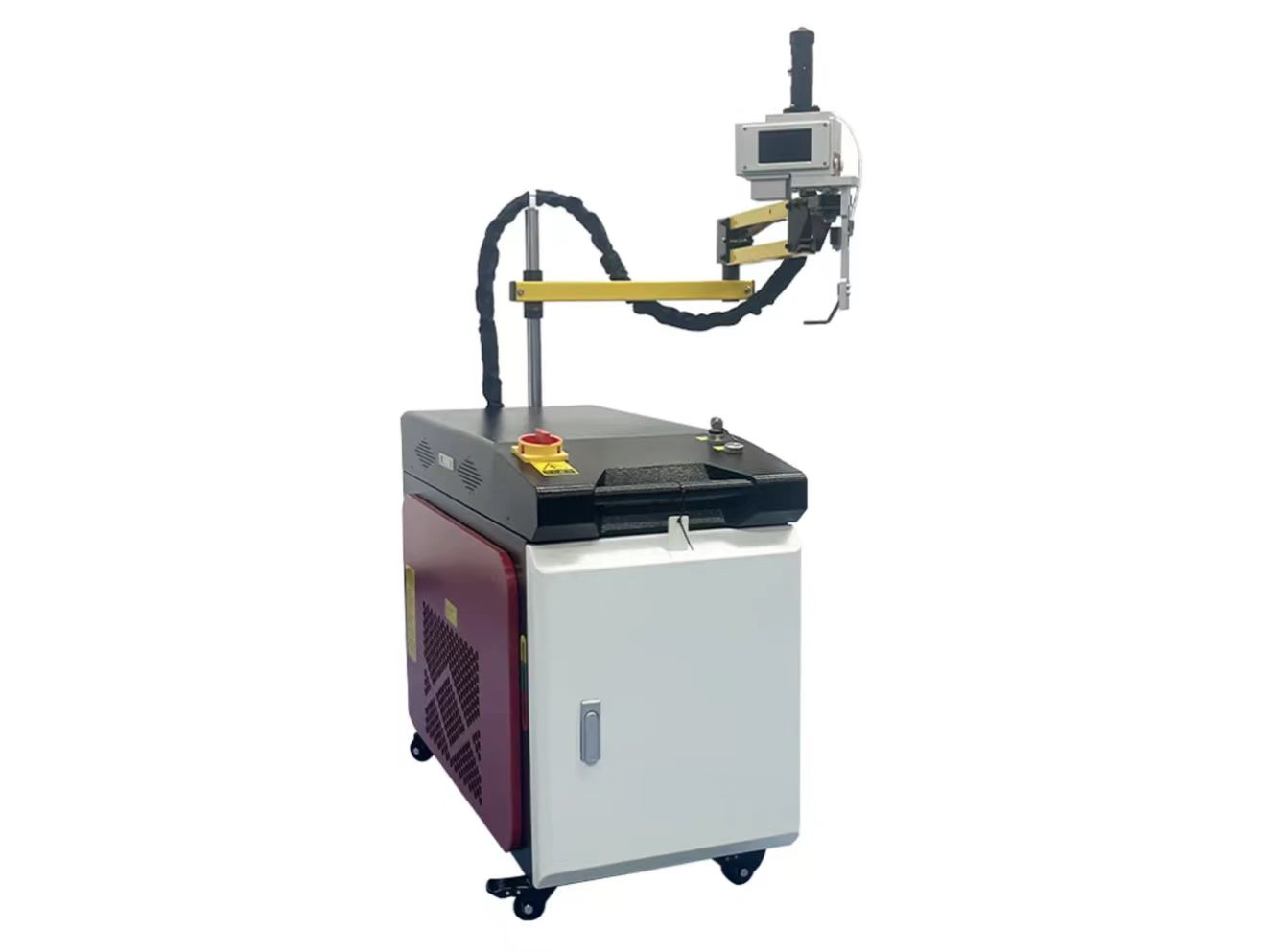
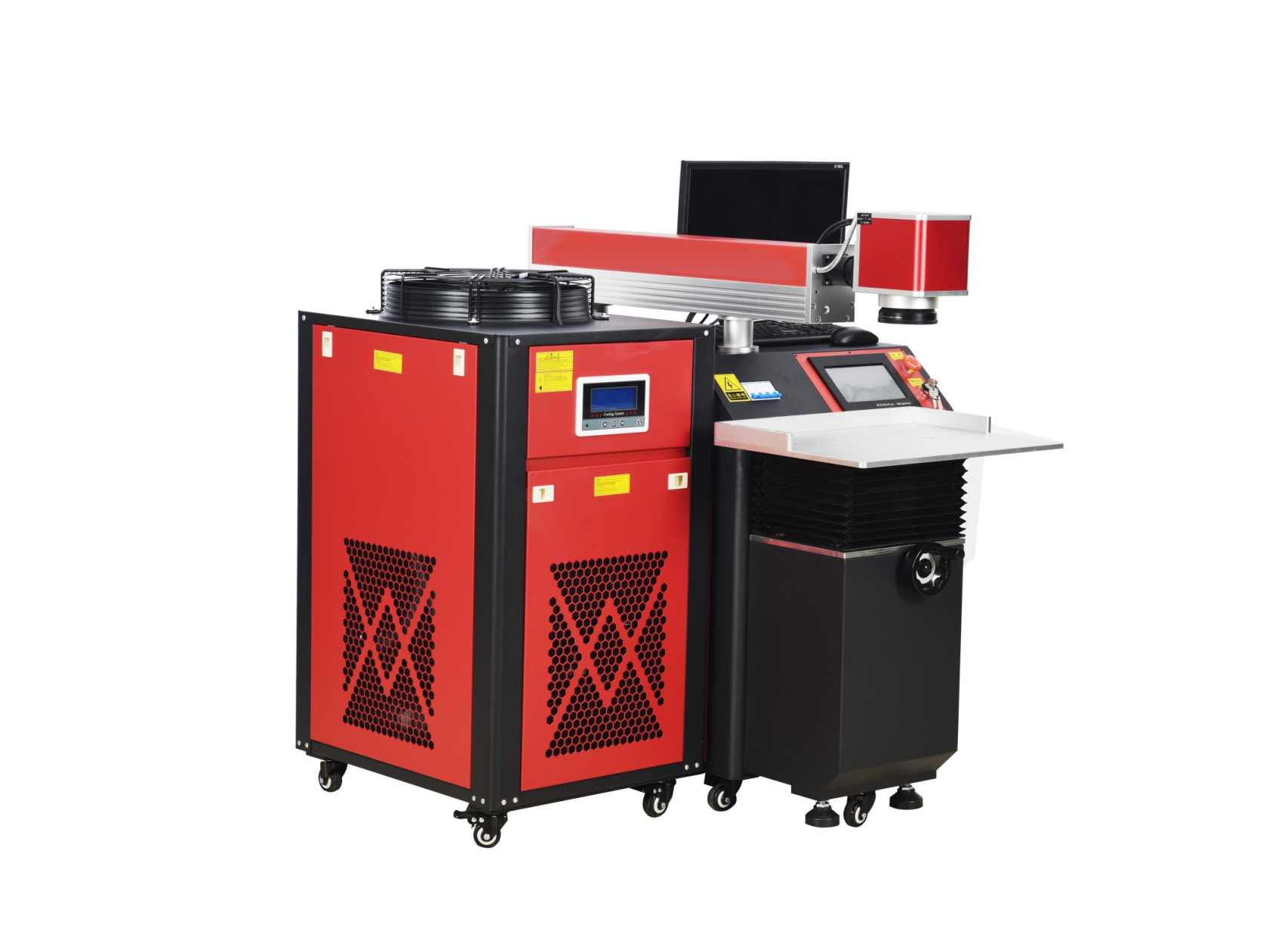
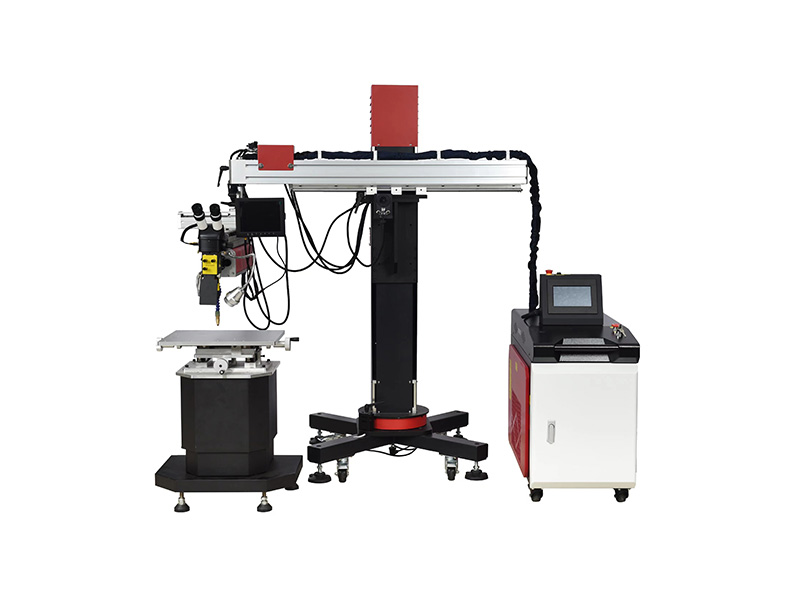
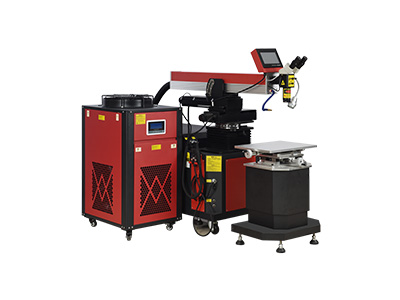

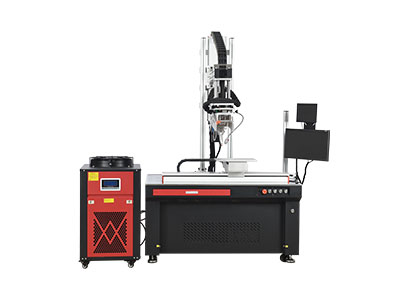
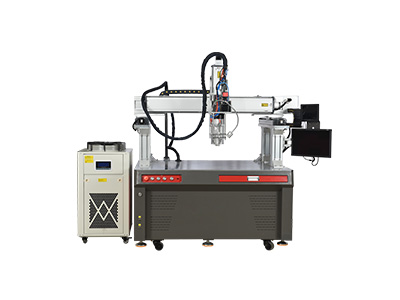
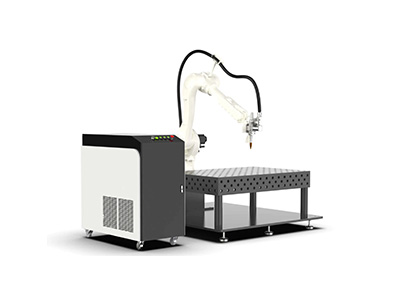
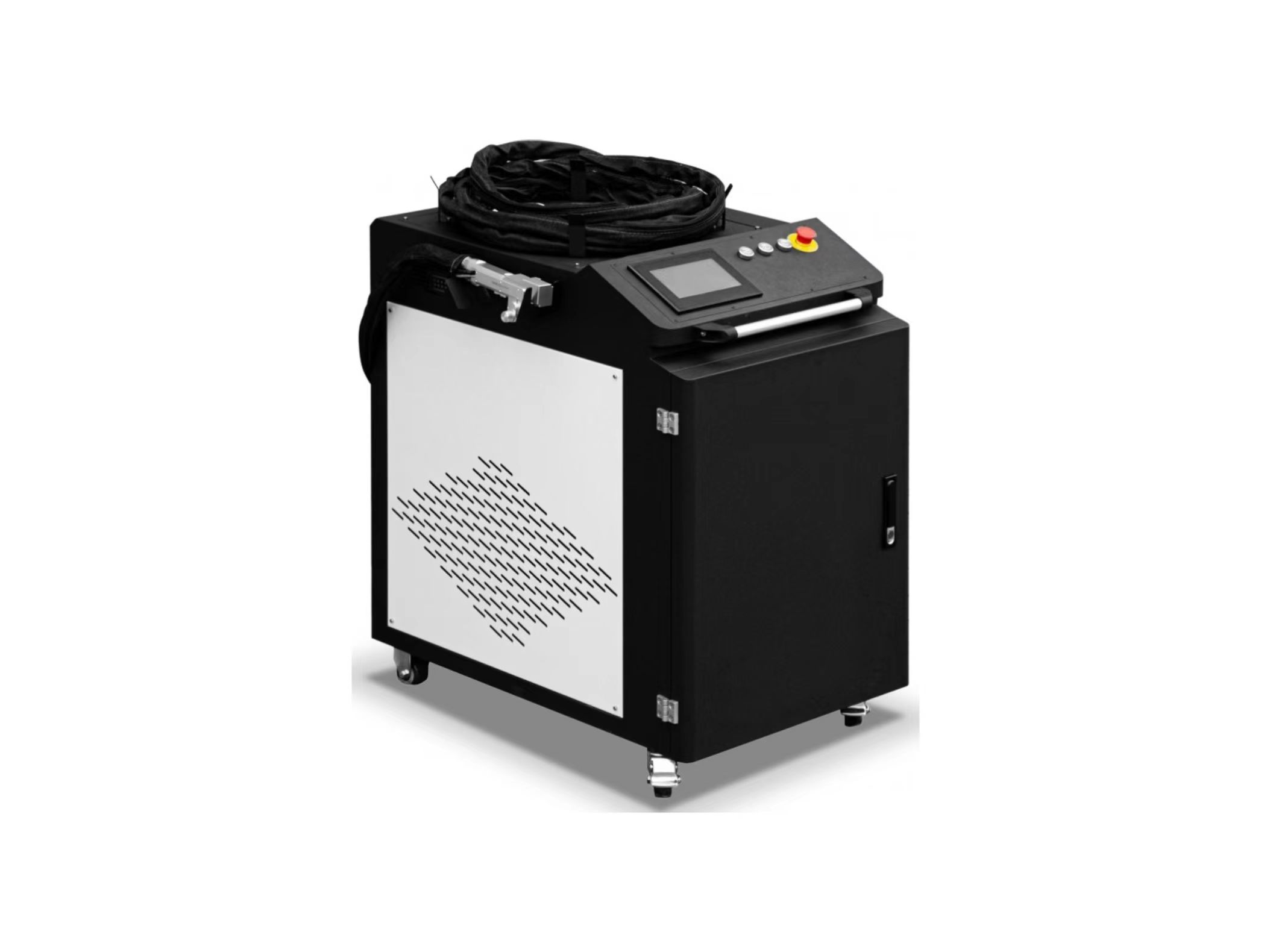
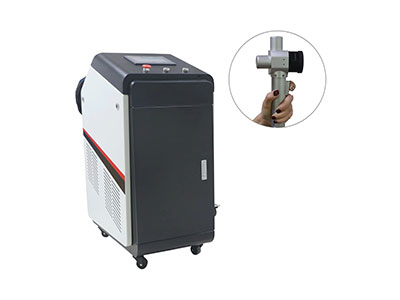
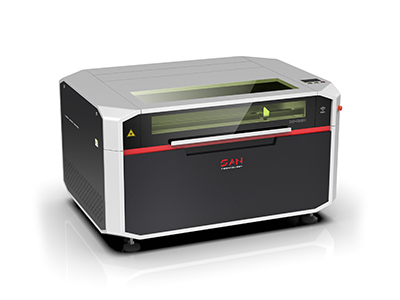
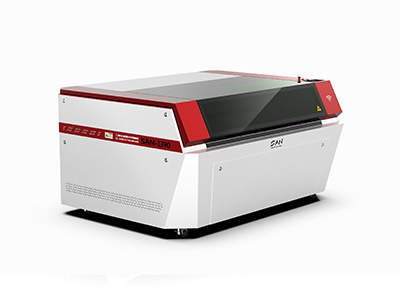
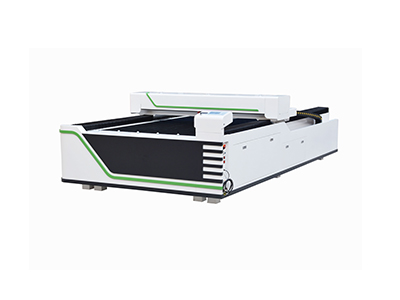
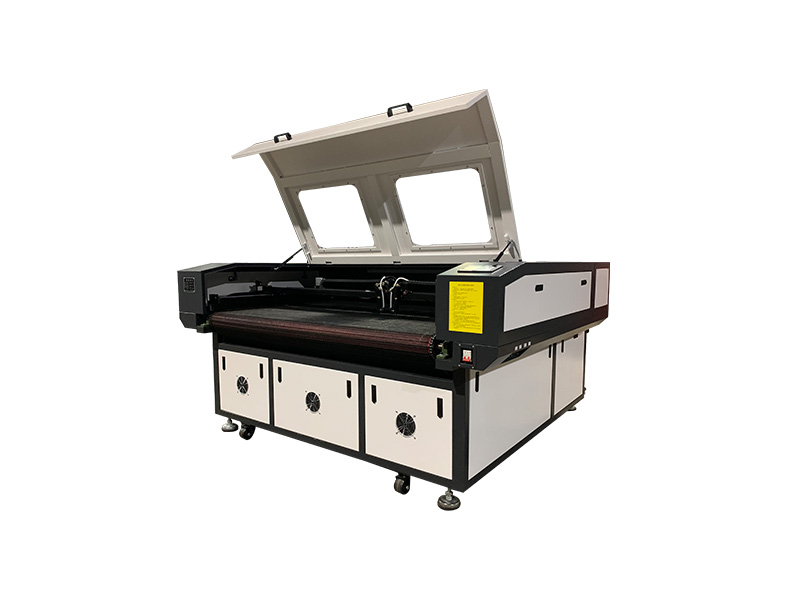
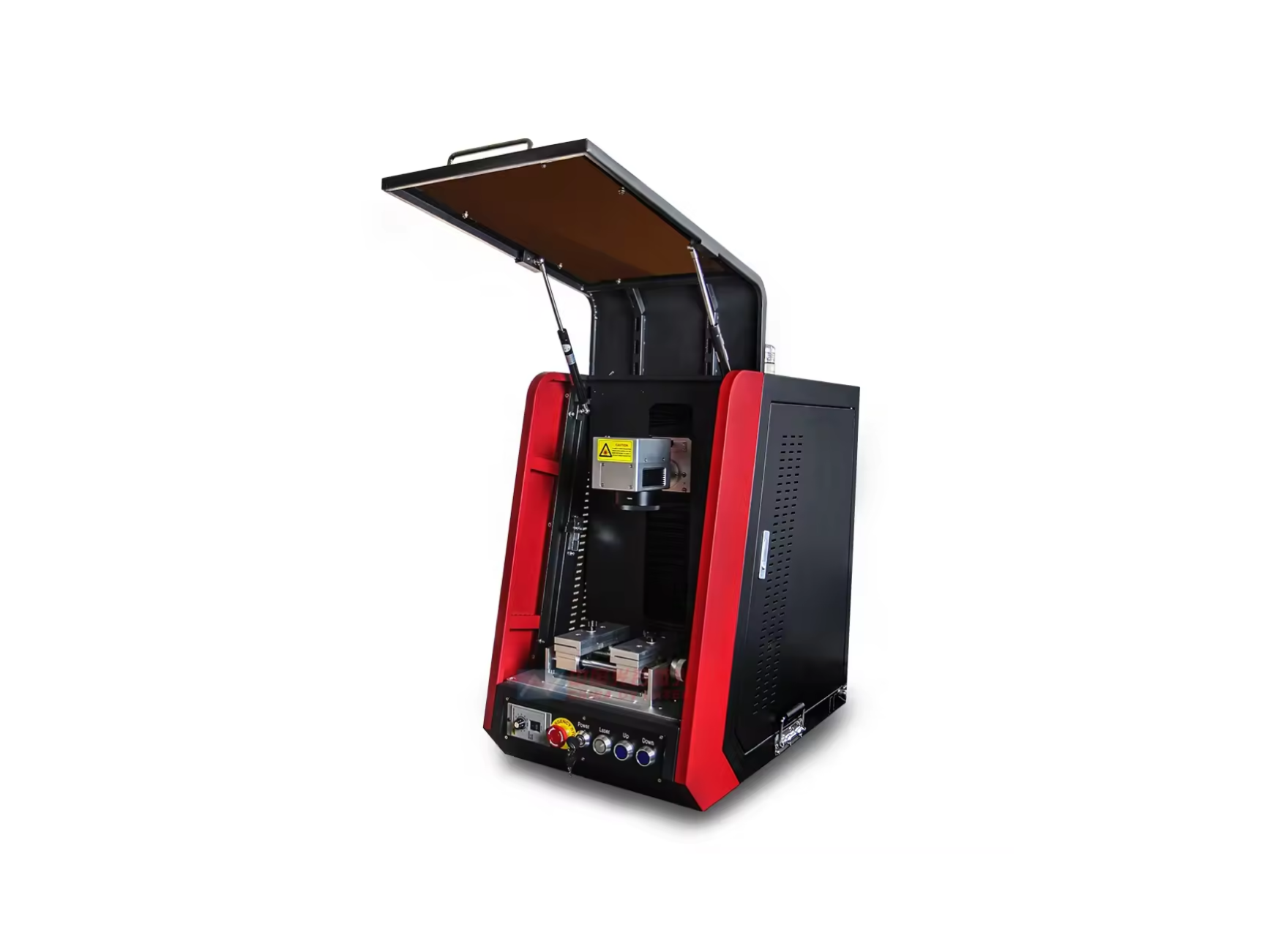
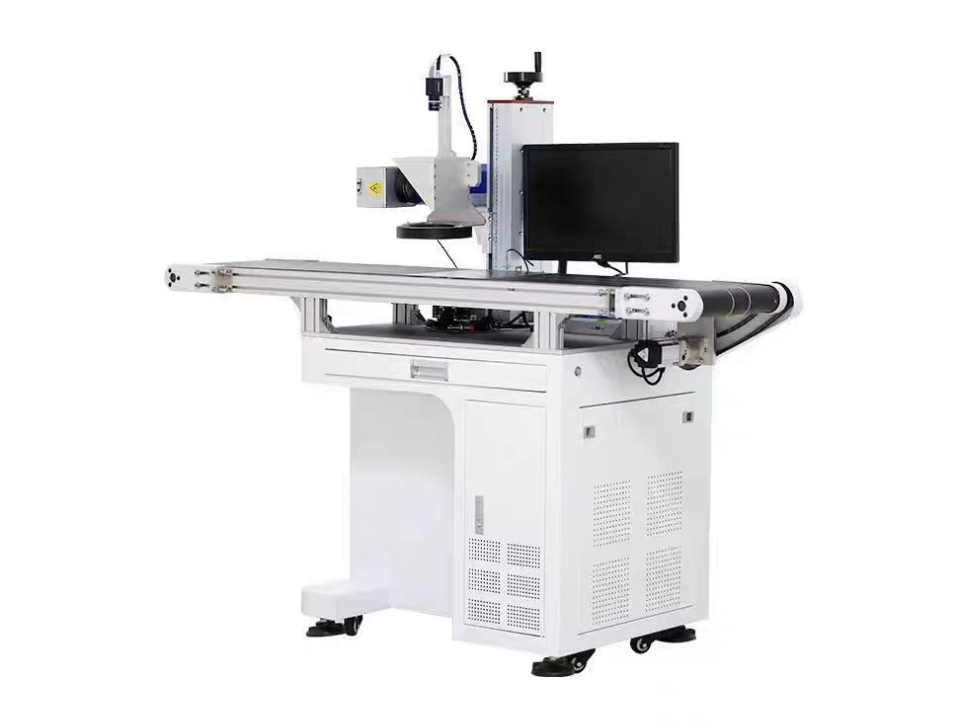
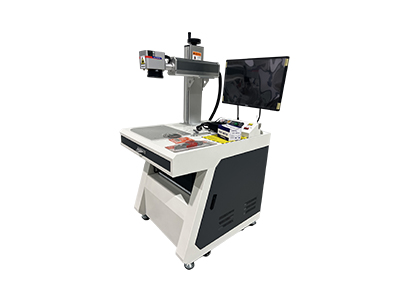
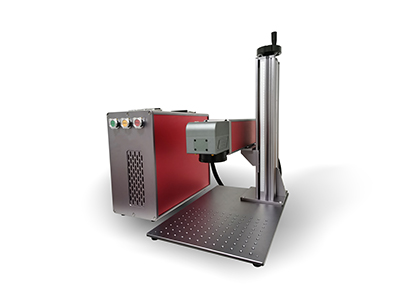
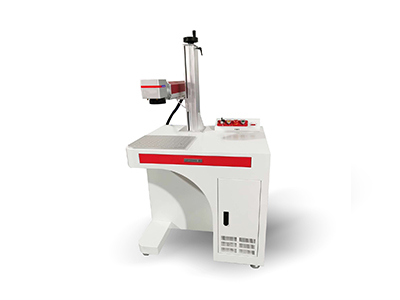
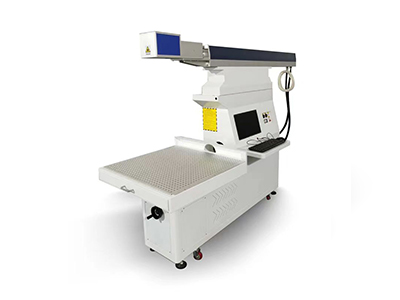
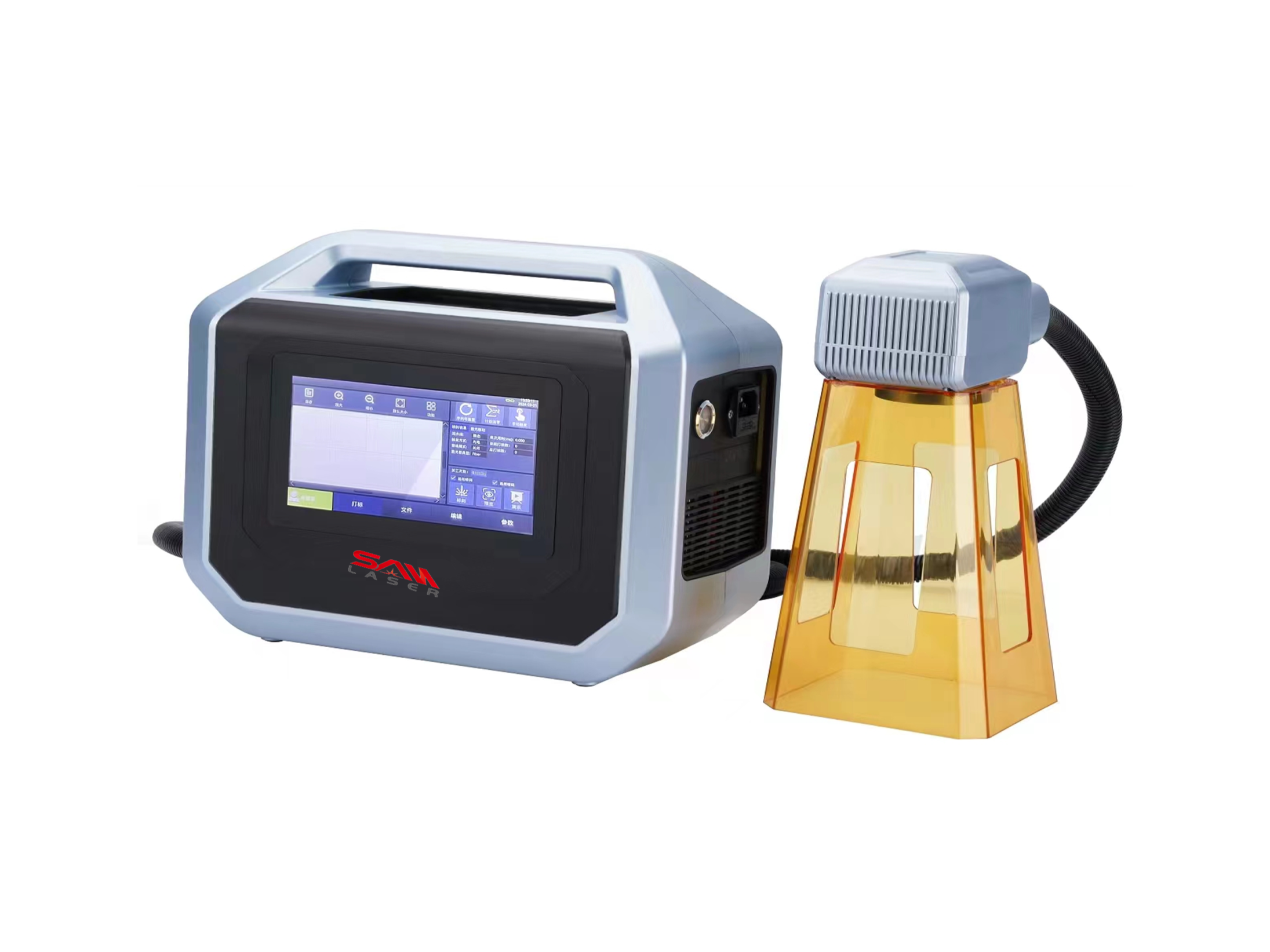
 Welder News
Welder News




